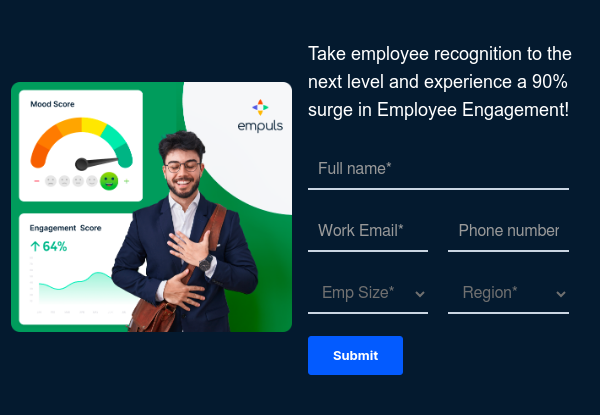✨ Jangan sampai ketinggalan! Daftarkan diri Anda untuk mengikuti Webinar Apresiasi Karyawan yang dijadwalkan pada tanggal 29 Februari.🎖️
✨ Jangan sampai ketinggalan! Daftarkan diri Anda untuk mengikuti Webinar Apresiasi Karyawan yang dijadwalkan pada tanggal 29 Februari.🎖️
Daftar sekarang
























